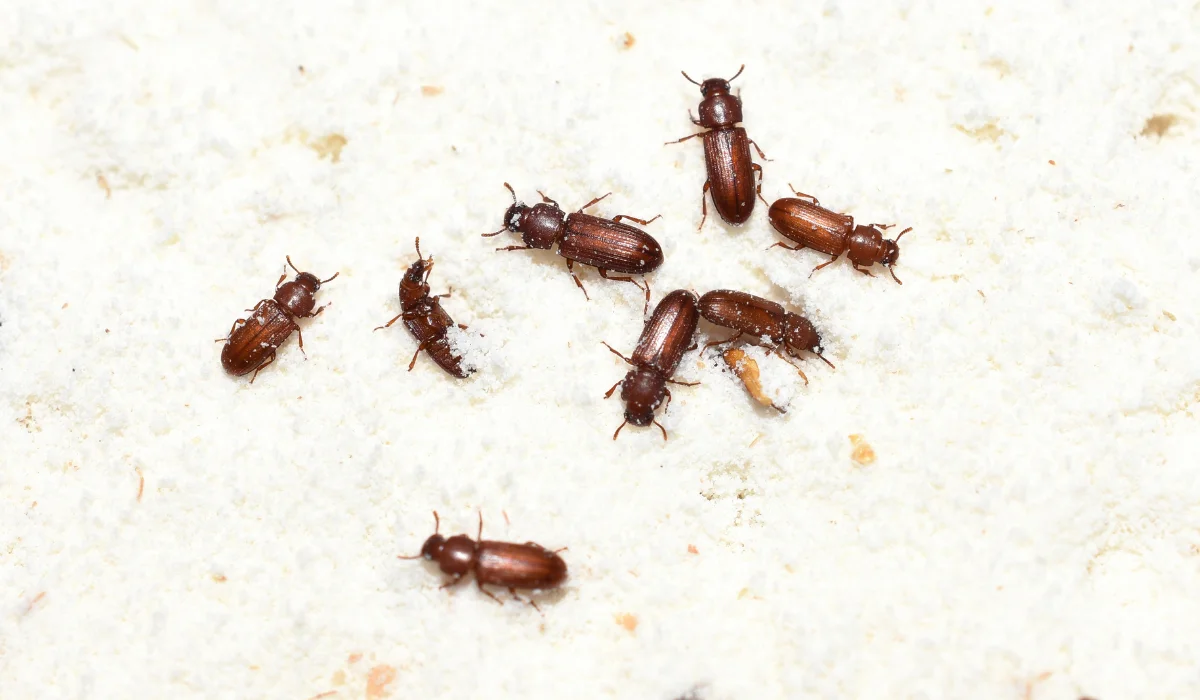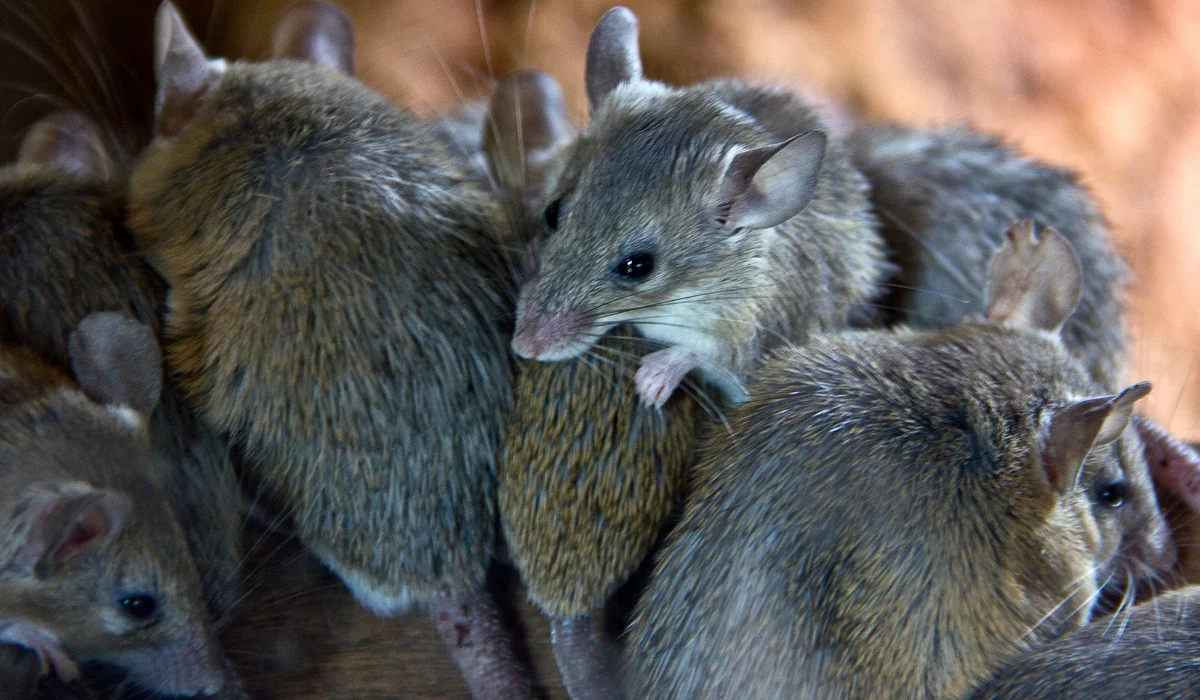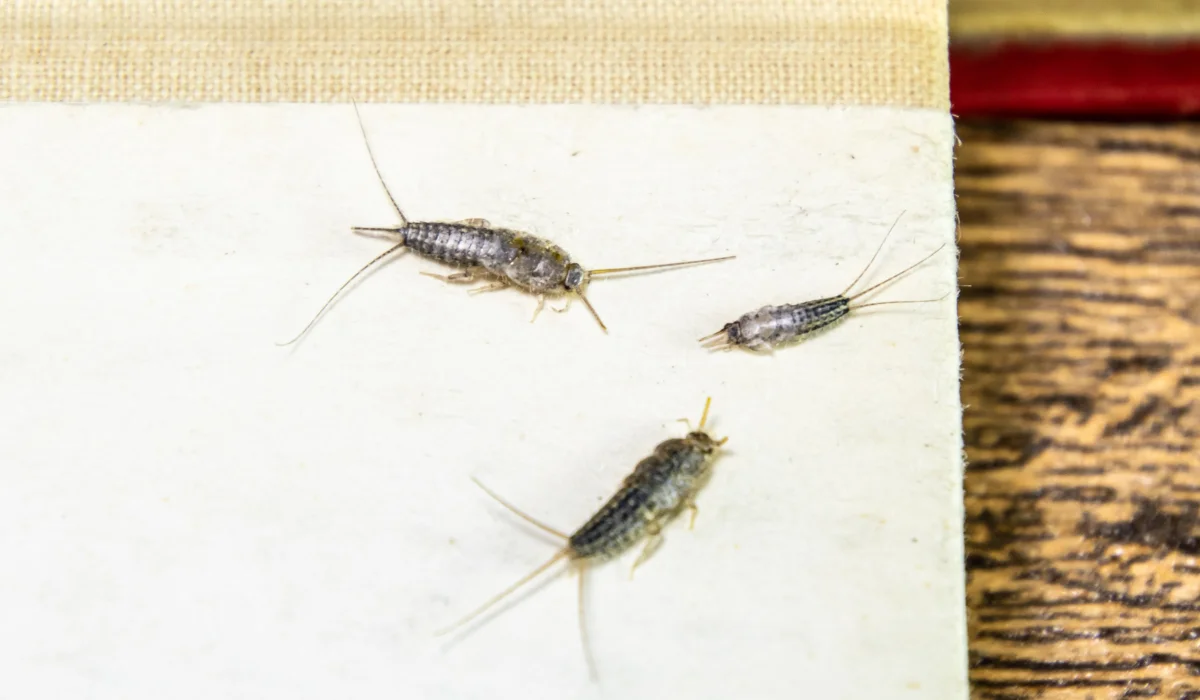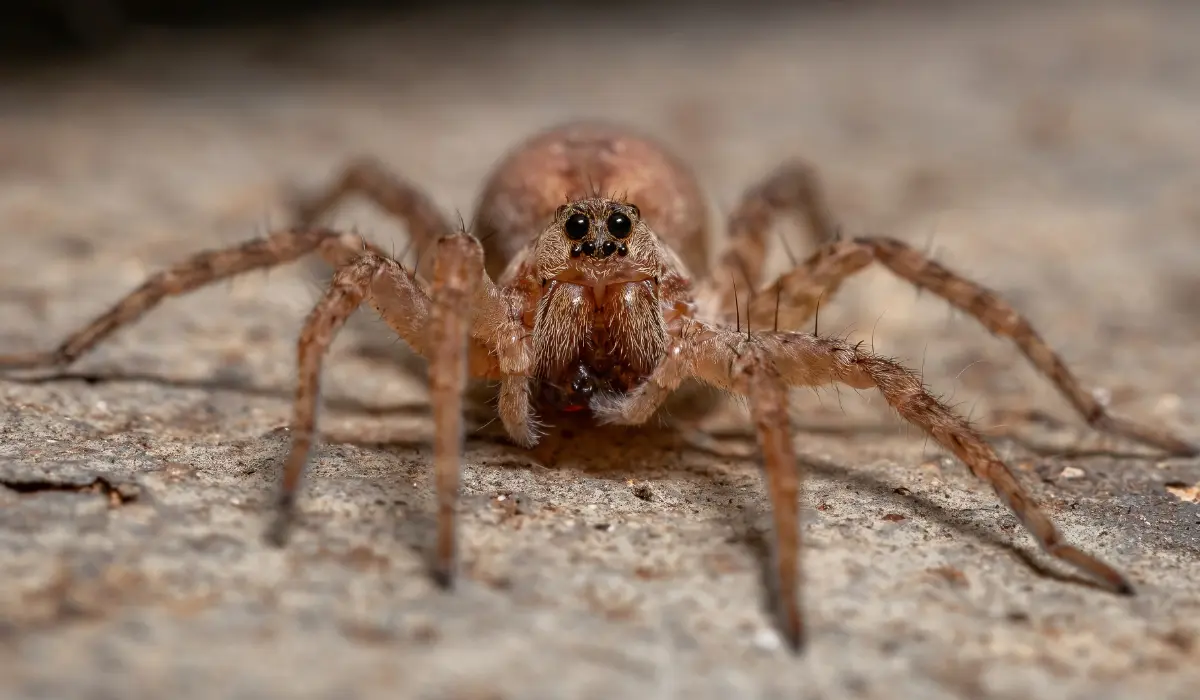If you’ve ever opened a bag of flour and found small reddish-brown beetles crawling around, you’re not alone. The red flour beetle is one of the most common stored product pests found in Southern Louisiana homes and grocery stores.
These beetles don’t bite or damage your home, but they do contaminate food products, especially dry pantry staples.
Here’s everything you need to know about identifying a red flour beetle infestation and keeping it from getting out of hand.
Key Takeaways
• A red flour beetle is a small reddish-brown pantry pest with clubbed antennae that hides in dry food.
• The life cycle includes egg, larvae, pupae, and adult stages and can repeat quickly in warm indoor spaces.
• These beetles live in pantry crevices and contaminate cereal, whole grains, cake mix, pet food, and dried fruit.
• Getting rid of them means tossing infested food, deep cleaning your pantry, and calling LaJaunie’s for help.
All About the Red Flour Beetle
To tackle a red flour beetle problem, you first need to understand exactly what you’re up against. Here’s what you need to know about this type of beetle:
What Red Flour Beetles Look Like
The red flour beetle, also known as the rust red flour beetle, is small. Adults are around 3 to 4 mm long, flat, and have a shiny reddish-brown color. Their most recognizable features are their clubbed antennae, which have three distinct segments at the tip.
These antennae help differentiate them from their lookalike cousin, the confused flour beetle, which has a more gradual antenna curve.
When you’re dealing with an infestation in Louisiana pantries, being able to tell these two species apart can help guide proper pest management.
Red Flour Beetle Life Cycle
From the egg to the adult stage, the red flour beetle has a complete metamorphosis life cycle consisting of four main life stages: egg, larvae, pupae, and adults.
Female beetles can lay hundreds of eggs in their lifetime, often inside or near stored food products. Their diet includes food sources like broken kernels, grain products, and anything powdered or milled.
The larvae are tiny, cream-colored worms that feed aggressively. After passing through the pupae stage, they emerge as fully grown adults with a life span that can stretch from several months to a full year.
Under warm, humid indoor conditions—like those we often see in Southern Louisiana—this entire process can move quickly, leading to large numbers of beetles in a short time.
Where Do They Live in Your Home
Red flour beetles are known for invading stored grain and flour-based products in your pantry. They don’t stop there. They can also be found in cake mix, whole grains, cereal products, and even dried fruit and pet food.
These insect pests prefer dry, warm environments and are skilled at squeezing into tight crevices in your shelves or food containers.
Their flattened bodies make it easy for them to hide, which is why infestations often go unnoticed until the beetles appear in large numbers.
How to Prevent Red Flour Beetle Infestations
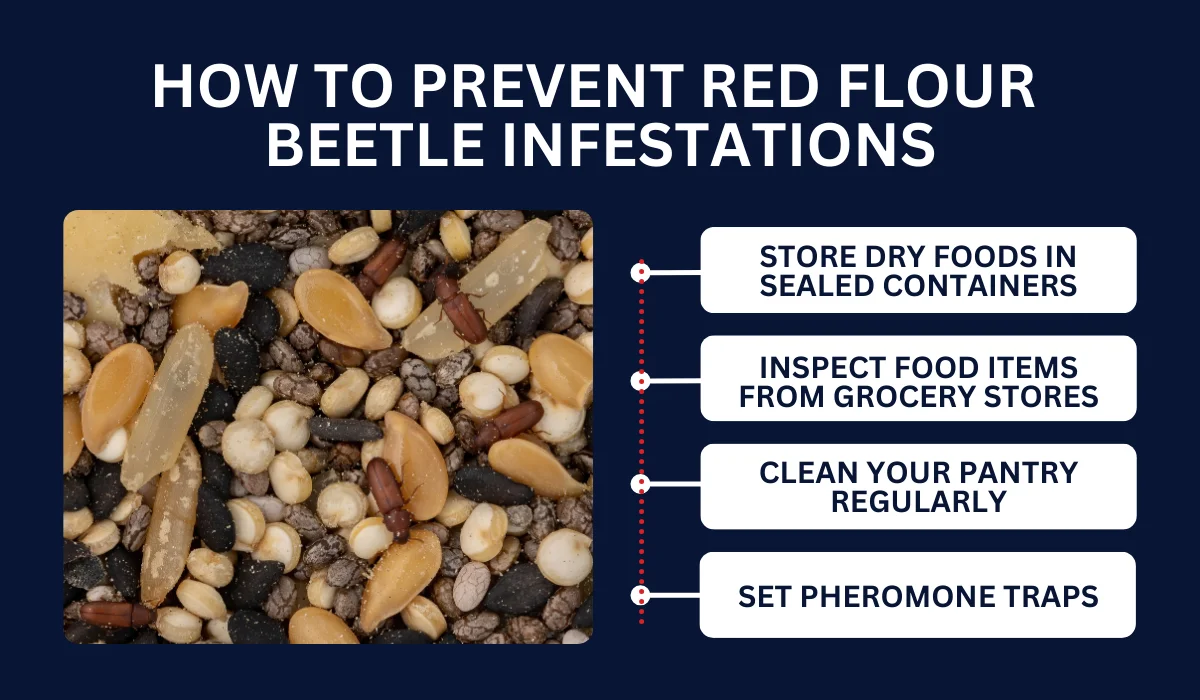
Keeping red flour beetles out of your pantry starts with good habits. Here’s what you can do right now to stop them before they become a problem:
Store Dry Foods in Sealed Containers
Use airtight glass or hard plastic containers to store cereal products, whole grains, and pet food. This keeps beetles out and extends the shelf life of your food.
Thin bags and cardboard are no match for these pests.
Inspect Food Items From Grocery Stores
Check the packaging closely before you bring anything into your pantry. A single box of infested food can kick off a full-blown infestation.
Look for signs like pinholes in packaging or small beetles near seams.
Clean Your Pantry Regularly
Crumbs and spilled food are open invitations to stored product pests. Wipe down shelves, vacuum the floor, and clean out expired items every few months.
Don’t forget the tight crevices where crumbs can collect unnoticed.
Set Pheromone Traps
Pheromone traps attract adult beetles and give you a way to monitor for activity. While they won’t eliminate an infestation on their own, they’re a helpful tool in early detection.
What to Do if You Already Have a Red Flour Beetle Infestation
Once you’ve confirmed that red flour beetles are in your pantry, don’t wait to take action. Here’s what to do to get ahead of the problem before it spreads.
Confirm Signs of a Flour Beetle Infestation
If you’ve got a flour beetle infestation, you’ll likely notice small beetles crawling in and around dry food items.
Sometimes, you might find larvae inside flour or meal products.
Infested food often smells musty and may look dusty. Pantry shelves may show movement when large numbers of these small beetles gather in one place.
Once you spot activity, it’s important to act quickly before it spreads to other stored food.
Identify and Discard Infested Food
Start by removing all stored food items and checking each one carefully. Any bag or box containing beetles, larvae, or odd smells should be thrown away.
If in doubt, toss it out—eating infested food isn’t worth the risk.
Consult a Pest Control Professional
Sometimes, no matter how clean your pantry is, these beetles keep coming back.
That’s when it’s time to call in local experts. Pest control companies like LaJaunie’s can provide targeted beetle control treatments that go beyond DIY methods.
Monitor Over the Next Few Weeks
Continue using pheromone traps and check for signs of activity.
A successful treatment plan should prevent new beetles from appearing, but if you still spot beetles after treatment, follow up with your pest management provider.
Don’t Let Flour Beetles Take Over Your Pantry
Red flour beetles are more than just a nuisance. They can ruin entire batches of food products and keep coming back if not properly handled.
At LaJaunie’s Pest Control, we specialize in tackling beetle infestations across Southern Louisiana, whether they’re tucked into a bag of cake mix or hidden deep in pantry crevices.
We don’t just treat the symptoms. We find the source. If you’ve seen even one of these small beetles crawling in your kitchen, give us a call.
 By: LaJaunie's Pest Control
By: LaJaunie's Pest Control 